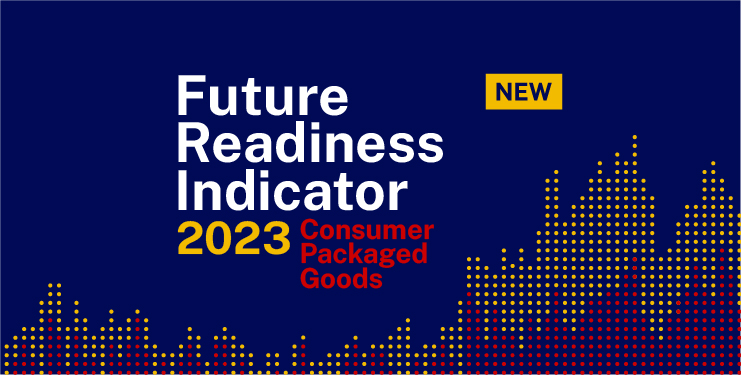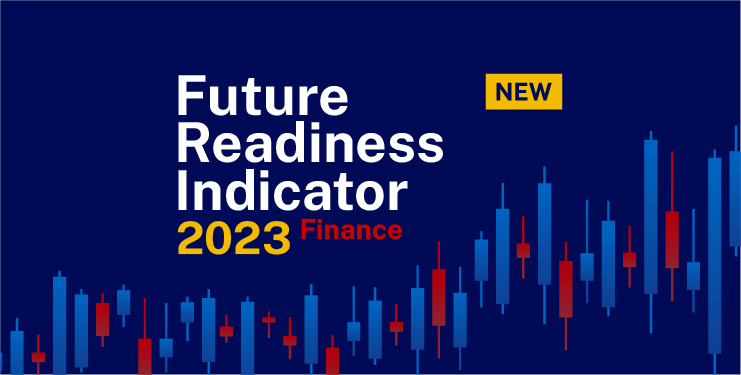IMD business school for management and leadership courses



Companies Which Are Ready For 2023
We’ve compared and ranked 89 of the world’s biggest pharma, tech, and fashion companies against their competitors using our Future Readiness Indicator.
Nike, Google, and Roche led their respective industries globally. Burberry, Alibaba, and Meta did significantly worse than expected, falling four, nine, and two spots, respectively. Amazon lost its top spot to Microsoft, while Netflix plunged 22 spots.
Our indicator examined 39 top tech companies and their revenue across the interval between 2015 and November 2022. The tech sector was scored based on the following criteria: financial fundamentals, investors’ expectation of future growth, employee diversity/ESG, research and development, business diversity, early innovation results, and cash and debt (read our methodology here).
NVIDIA is rated third among tech companies and has seen the biggest growth in its category. They attribute their success to more than just shortages in semiconductor chips (unlike their main competitor, Intel, who is on the 15th place). NVIDIA practically dominates the advanced chipset market for artificial intelligence. Google, Tesla, Amazon, and Meta are all customers of NVIDIA. At a time when the tech war is forcing brands to choose sides, NVIDIA continues to win big in both China and the US.
This is also how Microsoft leaped to second place while Apple soared four spots from the ninth to the fifth place. Compared to other big tech companies, Microsoft and Apple have a more balanced product portfolio, making them less vulnerable to the economic shocks and allowing them to overtake their competitors.
Our indicator analyzed 27 of the biggest fashion and luxury brands, based on their revenue (which ranged from $3.8 billion to $72.7 billion), drawing data on the interval between 2015 and November 2022. Companies in this category succeeded when they focused on key areas such as finance, growth potential, business diversity, cash management, employee relations/ESG scores, brand value, and innovation (read our methodology here).
Comparing this year to the previous one, Nike climbed from second place to first, causing Lululemon to drop down to the second. Kering—which owns Gucci, Saint Laurent, and other brands—came in third, Hermes placed fourth, and LVMH came in fifth. On the other side of things, Adidas plunged significantly, along with Under Armour and Burberry.
The indicator looked at the 23 biggest pharmaceutical companies, all making between $1.3 billion and $93.8 billion in revenue annually, using data on the interval between 2016 and November 2022. Their performance was judged by the following standards: financial fundamentals, employee diversity/ESG, research and development (R&D), business diversity, early innovation results, cash flow, and debt load. The last one—pharma pipeline—is key in this industry since it shows a specific company’s capability to promise the timely release of new drugs under development (read our methodology here).
The top three pharmaceutical companies in the ranking were Roche, Pfizer, and AstraZeneca. The research found that pharma did not face the same challenges as other industries and predicted that healthcare will be recession-proof next year. The biggest challenge for pharma is not cash flow but rather social responsibility and the public’s decreasing trust. For pharma, ESG (environmental, social, and governance) encompasses more than just carbon footprint; it also includes how drugs are priced and produced.
Pharmaceutical companies that rank higher, such as AstraZeneca, Pfizer, and Roche, invest more in research and development instead of marketing or central administration. Lower ranking companies tend to prefer the short-term monetary gain from marketing rather than the long-term benefits of research, which is ultimately detrimental.
As the economy starts to show signs of inflation and recession, ensuring future readiness won’t be about reducing expenses. Instead, preparing for the downturn means investing in essential areas: R&D, diversification, forging solid partnerships, and ensuring enough cash reserves. The indicator reached its conclusions by measuring objective data points then putting them through an AI-driven algorithm in order to compare against the industry average. By using factual evidence, we were able to rank companies according to their ability to innovate successfully.










